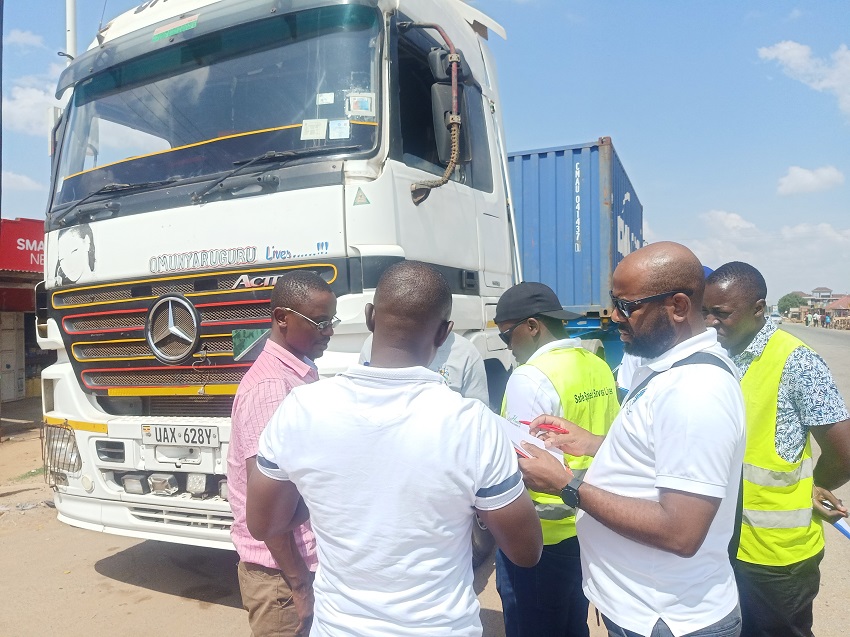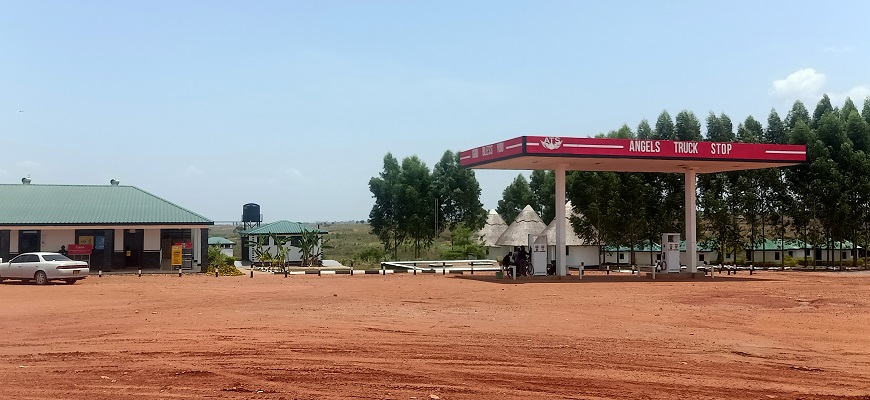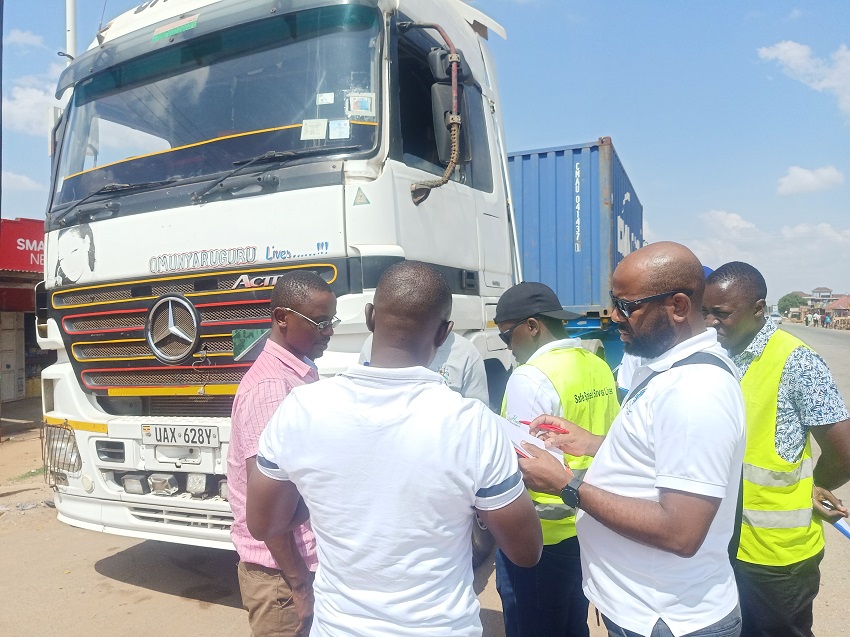Private Sector and Local Governments set to develop Roadside Stations (RSS) in Uganda
The Northern Corridor is a multimodal trade route linking to the maritime Port of Mombasa. It serves the Member States of Burundi, Democratic Republic of Congo, Kenya, Rwanda, South Sudan and Uganda under the Northern Corridor Transit and Transport Agreement (NCTTA) treaty, in a bid to promote regional cooperation by facilitating interstate and transit trade. The agreement sets to promote efficient and competitive transport; foster an inclusive transport and ensure green freight transport.
In this endeavour, road safety and security has been a major concern for drivers, passengers and cargo plying the Northern Corridor route. Over the years, traffic accidents caused by Heavy Commercial Vehicles and long-distance passenger buses have been on the rise. Long distances, driver fatigue and mechanical breakdown have been reported as some of the major causes of road accidents along the corridor.
The lack of adequate facilities for rest and medical care, maintenance, parking, and sanitation has had a serious effect on drivers using the Northern Corridor route. The situation has also resulted in incidences of diseases such as HIV/AIDs, Ebola, and Covid-19 spreading across borders.

The Northern Corridor Transit and Transport Coordination Authority (NCTTCA) is promoting the implementation of Roadside Stations (RSS) in its bid to promote road safety and security under the Private Sector Investment and Promotion (PSIP) program. Roadside Stations (RSS) are meant to perform a critical role in ensuring secure 24-hour parking yards, health facilities, local rejuvenation facilities (rest stops for truck drivers, accommodation, restaurants, washrooms, among others), and other amenities are available along the corridor.
The RSS program started in 2014 following a feasibility study of the entire Northern Corridor by the Northern Corridor Secretariat aimed at providing road users with safe and comfortable road travel conditions and contribute to local economies. The study identified 141 locations for RSS out of which 67 were considered as priority locations. Out of the 67 priority locations identified along the Northern Corridor, 27 are in Uganda. It developed three categories of RSS designs and their requirements for compliance and detailed the financial projections and models for their development.
On 7th to 14th March 2022, a multi-agency team comprised of public and private sector representatives undertook a Roadside Stations (RSS) survey along the Northern Corridor on the northern part of the Member State of Uganda. The team enjoined participants from the Ministry of Works and Transport (MoWT), Uganda National Roads Authority (UNRA), Uganda Revenue Authority (URA), the Private Sector Foundation Uganda (PSFU), Uganda National Police and the Uganda National Transporters Alliance (UNTA).
The objective of the RSS survey was to evaluate the status of identified private sector facilities similar to RSS designs along the corridor in Uganda with a view of piloting those which comply at a certain level with the RSS requirements. The activity was also to update information on potential locations previously identified and assess the land availability on those locations to boost the implementation process of RSS in Uganda.
Due to the complexity of the road network in Uganda, the RSS survey was planned in two phases. The first phase entailed surveying the Northern part of Uganda while the second phase would cover the South-West of Uganda.
Out of 27 locations planned in the first phase of the survey, the survey team identified three facilities with enough amenities that can be considered for upgrade into RSS status. These facilities are Northern Corridor Heavy Trucks Parking located at Odokomit near Soroti, BLD Parking yard located at the border with South Sudan in ELegu and ATS (Angels Truck Stop) located at Yagupino/Wi-anaka village in Purongo.

According to the findings of the multidisciplinary stakeholder survey team, most locations surveyed had local Government-owned land that can be used to develop RSSs. In other locations, the local Governments had already provided dedicated parking areas for heavy trucks. The provided parking yards are tendered for a short period (six to 12 months) to private operators.
Other parking yards leased out by local Governments and with potential land for developing RSS include Bua Parking in Naluwerere, Numa Ground parking in Lira city, Pakwach trucks parking, Migeera City Council parking and Lugazi city council parking.
However, in various towns, drivers prefer parking at the road shoulders. With the development of RSS facilities, the National government and the local governments ought to enforce legislation barring trucks from parking along the roads except in case of emergencies, to reduce the safety and security risk for the drivers, cargo and the community in the case of dangerous goods.
With the first phase complete, the Ministry of Works and Transport, Uganda National Roads Authority, Uganda Revenue Authority, the Private Sector Foundation Uganda and the Uganda National Transporters Alliance committed to join efforts in supporting the development of RSS by both the private and public sector.
The MoWT Director for Transport, Mr Benon Kajuna hailed RSS as a program that will enhance road safety and health along the Northern Corridor in Uganda. Other benefits accrued from the system will include, improved transport facilities resulting to reduce cost of doing business, generation of income for communities living where the program is being implemented and protection of the environment.

